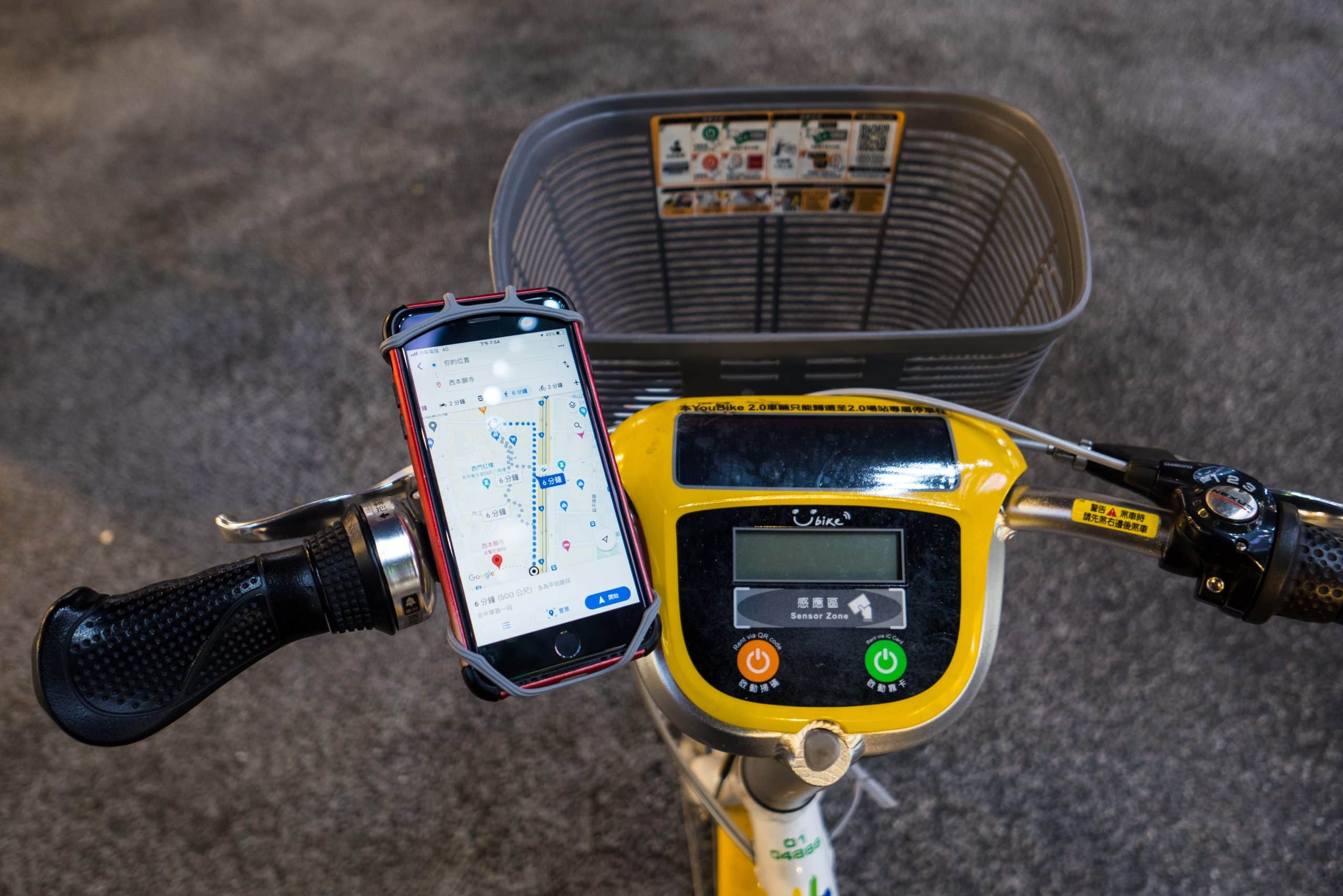Undoubtedly, the concept of Mobility as a Service (MaaS) has evolved as a beacon of sustainable urban mobility. MaaS represents a shift away from personally owned modes of transportation towards mobility solutions that are consumed as services. This groundbreaking paradigm is a game-changer with the potential to transform urban planning and transportation strategies in our cities. Today we delve into the future of MaaS in the context of urban planning, its potential to reshape public transit, and how it might lead to more sustainable cities.
1. Understanding the Concept of MaaS
MaaS is an innovative transport model that combines various forms of transport services into a single, accessible, on-demand platform. Imagine being able to plan, book, and pay for a trip from your home to a desired location across the city using different modes of transport, all in one app. That’s exactly what MaaS aims to provide: a seamless and efficient transport experience.
A lire aussi : The rise of personalization in b2b marketing
MaaS leverages technology to integrate different transport services – be it public transit, bike-sharing, ride-hailing, or even car sharing – into a single service accessible via smartphones. With the rise of digital platforms such as Google, MaaS is on track to revolutionize the way we use and perceive transportation.
2. MaaS and Urban Planning: A Perfect Symbiosis
Urban planning is a technical process concerned with the development and design of land use in an urban environment. One of its primary objectives is to ensure the sustainable development of cities. Enter MaaS, a concept which holds significant potential to contribute to more sustainable and user-friendly cities.
Sujet a lire : The growing importance of cybersecurity in healthcare businesses
By integrating various transport services and providing users with real-time information, MaaS can help to reduce the reliance on private vehicles. This could lead to less traffic congestion, lower emission levels, and improved air quality in cities. Furthermore, by making public transit more appealing, MaaS can encourage a more active lifestyle among urban dwellers, thus contributing to healthier cities.
3. The Potential of MaaS to Reshape Public Transit
Public transit systems, with their established networks and services, are an essential component of MaaS. As such, the rise of MaaS presents an opportunity for public transport to reinvent itself and improve its services.
MaaS can facilitate the optimization of public transit by providing users with comprehensive information on different transport modes, schedules, and routes. With this information at their fingertips, users can make informed decisions about the best transport options for their journeys.
In the future, public transit could become more flexible and responsive to users’ needs, thanks to MaaS. With data collected from MaaS platforms, transit operators can gain insights into users’ travel patterns and preferences, enabling them to tailor their services accordingly.
4. The Role of MaaS in Promoting Sustainable Cities
MaaS is more than just a transport concept; it is a vital tool for promoting sustainable urban development. By reducing the need for private car ownership and encouraging the use of public transit and shared mobility services, MaaS can significantly reduce carbon emissions and contribute to cleaner, greener cities.
Furthermore, MaaS can promote social inclusivity by ensuring access to transport for all urban dwellers, regardless of their income level or physical ability. By providing affordable and accessible transport options, MaaS can help to bridge the mobility gap in cities and contribute to a more equitable urban environment.
5. The Future of MaaS: Challenges and Opportunities
While the future of MaaS appears promising, it is not without challenges. Ensuring data security and privacy, devising sustainable business models, and managing the integration of various transport services are among the key hurdles that need to be addressed as MaaS evolves.
However, the potential benefits of MaaS far outweigh these challenges. As urban populations continue to grow and the need for sustainable transport solutions becomes more pressing, the future of MaaS looks bright. With the right policies, technologies, and collaborative efforts, MaaS can lead the way in transforming our cities into more sustainable, livable spaces.
Remember, MaaS is not just about technology; it’s about people and their mobility needs. As we look to the future, let’s envisage cities where transport is seamless, efficient, and accessible for all. Where MaaS is not just a service, but a way of life.
6. Autonomous Vehicles and MaaS: A New Era of Urban Mobility
As we delve further into the future of mobility services, we cannot ignore the transformative potential of autonomous vehicles within the MaaS landscape. Autonomous vehicles, operating independently without a human driver, represent a key pillar in the advancement of MaaS.
Autonomous vehicles can provide a seamless addition to the MaaS ecosystem, complementing public transit and shared mobility services like bike sharing and ride hailing. They can offer an efficient and flexible transport solution, particularly in areas where public transport is less accessible or during off-peak hours.
Moreover, autonomous vehicles can contribute to sustainable mobility by reducing the reliance on private car ownership and improving traffic flow and efficiency. They also offer immense possibilities for enhancing accessibility, particularly for elderly or disabled individuals who may face challenges in using traditional transport services.
However, the integration of autonomous vehicles into MaaS platforms poses considerable challenges. These include technical obstacles, regulatory considerations, and the need to ensure safety and trust among users. Despite these challenges, the potential of autonomous vehicles to revolutionize urban mobility is undeniable.
7. The Role of Service Providers in MaaS
The success of MaaS depends on the collaboration of a wide range of service providers, from public transit operators to ride-hailing companies and car-sharing platforms. These service providers are the backbone of MaaS, offering the diverse transport services that make up a comprehensive MaaS platform.
The integration of these varied service providers into a single MaaS platform requires a high degree of coordination and cooperation. It also necessitates the development of sustainable business models that ensure the viability and attractiveness of MaaS for all parties involved.
Service providers will need to adapt to the evolving MaaS landscape, leveraging technology to enhance their services and meet the changing mobility needs of urban residents. The advent of smart mobility technologies, such as AI and big data, offers exciting opportunities for service providers to innovate and improve their offerings.
An effectively coordinated MaaS system, with robust participation from diverse service providers, can deliver significant benefits. These include improved efficiency, increased accessibility, reduced congestion, and enhanced sustainability in our cities.
Conclusion: The MaaS Revolution and the Future of Urban Mobility
In conclusion, the MaaS revolution holds the potential to fundamentally reshape urban mobility. By integrating various transport services into a single, user-friendly platform, MaaS can transform the way we travel, making our journeys more efficient, convenient, and sustainable.
MaaS represents an exciting intersection of technology, policy, and urban planning. With the rise of digital platforms, the increasing sophistication of autonomous vehicles, and the growing commitment to sustainable urban development, the future of MaaS appears promising.
However, realizing the full potential of MaaS will require concerted effort from all stakeholders, including governments, service providers, and users. It will entail overcoming challenges related to data security, service integration, and the development of sustainable business models.
As we look towards this future, let us remember that the ultimate goal of MaaS is not merely technological advancement, but the improvement of people’s lives. By making mobility seamless, efficient, and accessible, MaaS has the potential to make our cities more liveable, equitable, and sustainable. It is not merely a service, but a vision for a better urban future.






